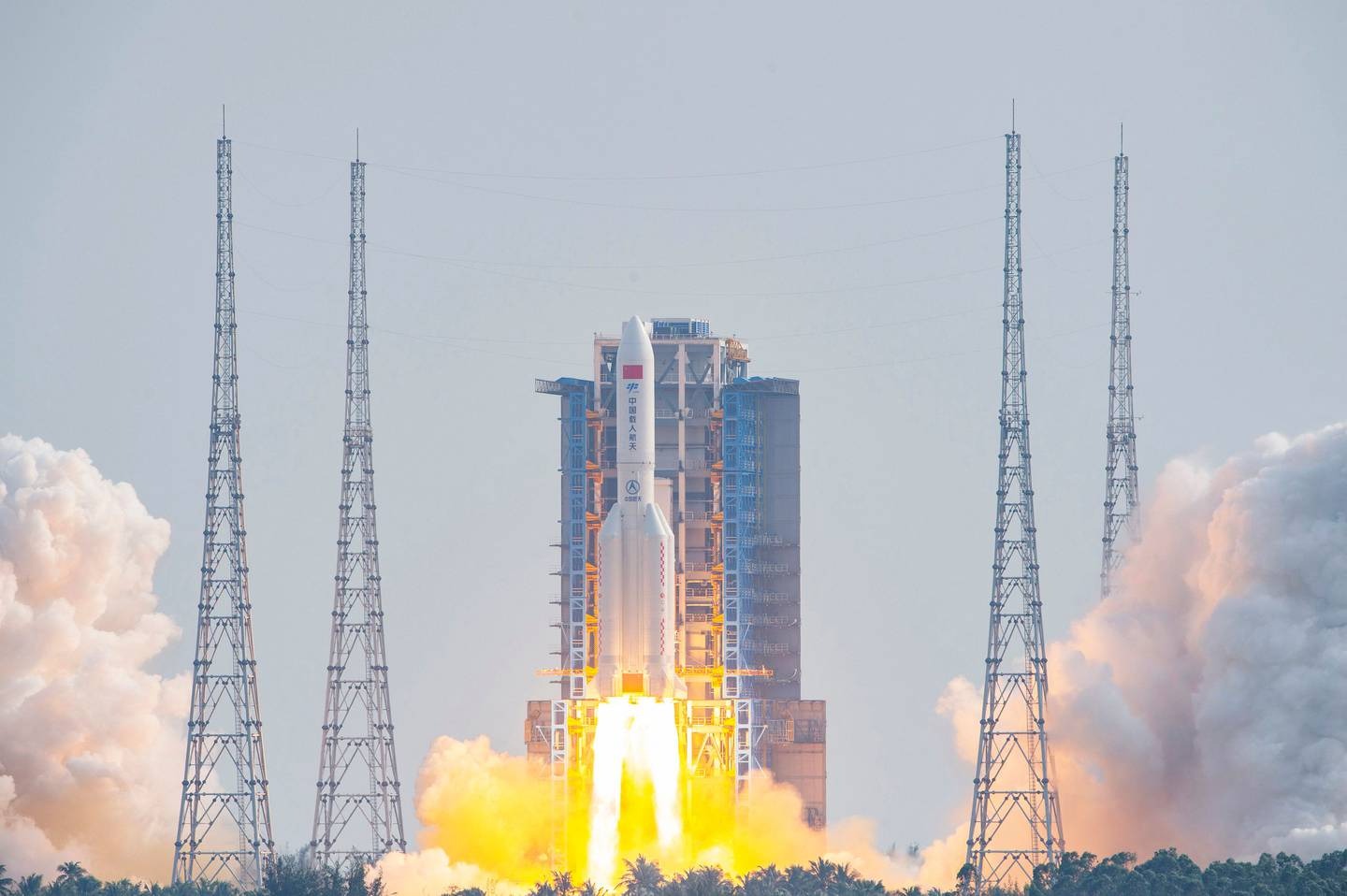Last week, a large fuel tank fell on a plowed field in China, and the other day the wreckage of another rocket from China was found on the territory of another state. ABC News reports that Chinese space debris from a heavy rocket was recently discovered in the sea off the coast of the Philippines.

It is believed that the remains belong to the Long March-5B rocket, which launched last week from the Wenchang Space Launch Center on Hainan Island. It was launching a payload with laboratory materials to the Chinese Tiangong Space Station into Earth orbit.
This is not the first time the Philippines has suffered from Chinese space debris. Representatives of the Philippine Space Agency insist that the authorities ratify the UN treaties on space debris. If they are signed, the citizens of the island state will be able to claim compensation for any injuries or damage caused by the falling debris of the rocket.
10-percent risk
Given that the Philippines is under the direct route of China’s space flights, the citizens of the island country have a right to worry. In fact, back in August, the state suffered twice from the Long March-5B debris — at the beginning and at the end of the rocket launch.
Although none of the recent “Long March-5B” disasters near the island actually touched the ground, it could well have happened. This summer, the central stage of the Changzheng-5B rocket fell into the Sulu Sea. And although the fall of space debris has not yet claimed a single life, there is certainly a risk. Experts even warn that there is a 10% risk that falling space debris will lead to human casualties in the next decade.
For its part, China has not yet expressed concern about its extremely dirty rockets. The International Office still has a lot to do to ensure that any country making space flights keeps potentially dangerous debris under control.
Earlier we reported that astronauts are throwing garbage out of the ISS in a new way.
Follow us on Twitter to get the most interesting space news in time
https://twitter.com/ust_magazine

